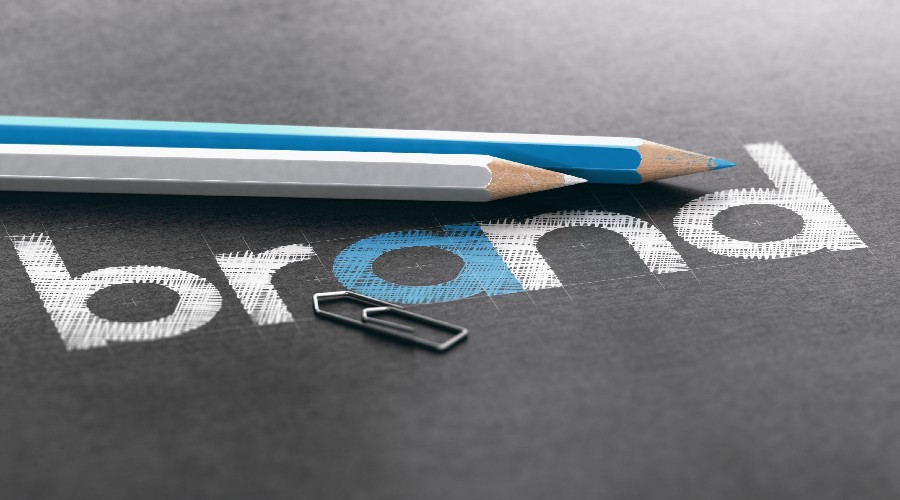What is a brand to you? Some say it is a logo, a symbol, a trademark. Others say that it is far more than this incorporating a customer’s feeling towards a company.
So, in this blog we want to lay before you a few different definitions that we’ve researched definitions, to get you thinking and assessing what you think and how that impacts your company’s brand/ marketing.
Why not let us know what you think?
A Brand is a Distinguishing Symbol
The Collins dictionary says;

Way back the term brand was used when referred to the branding of cattle which, over time has evolved into the marking of products, the creation of logos which can be trademarked and the use of colours and fonts to define a specific company, product or service.
In this way companies and their products and services can be differentiated from competitors helping customers to associate shapes, wording and colours to each one.
A Brand is a Reputation
However, Marty Neumeier an American author and speaker renowned for expertise in branding would disagree.
“A brand is not a logo. A logo is a very useful tool for business, but it’s not the brand. It’s a symbol for the brand.” He also says the brand is not a product or a promise.

In an interview Neumeier suggests that customers create a perception for your company from all the different aspects of your company or product/service that they come into contact with.
Each person will formulate for themselves what that brand is and in effect, a company is creating millions of brands depending on the size of your audience because each customer has a different brand of you.
In fact, he says, “A Brand is like a reputation”. Each customer is going to hold a different thought about how they perceive you.
A Brand is a Distinctive Experiential Promise
Stef Hamerlinck, a brand strategist has an issue with the idea that a brand is simply a reputation or a gut feel, because a business can’t own them.
In his video ‘what is a brand really?’ He explains how there is an axis that on the one hand there are the Assets owned by the company, such as the logo, the brand identity, the products, the tone of voice the brand purpose and on the other side of the axis is the associated benefits, the experience, the meaning and the reputation created in the customer’s mind.
Hamerlinck’s new definition tries to merge these:

It’s distinctive – it has a recognisable logo/ symbol and is different to its competitors.
It’s experiential – a brand has to be experienced, it is visual it has a particular tone or voice.
It’s a promise – a story is told, a problem is solved, there is some sort of guarantee.
The Importance of the Customer’s Perception
There is no one consensus out there on a definition of what a brand is, though it is clear that a customer’s experience and perception of your company is one of the key aspects.
Business owners want happy and satisfied customers and a good reputation for their company. But achieving this involves the careful blending and use of the logo, colours, fonts, tone of voice and fulfilled promises of products and services. How do companies ensure that these are all used together to create the brand they want to be?
Looking for Help Creating your New Brand?
Creating a brand that reflects your business and its values can be tricky on your own but ATW’s experienced team can guide you through the process, conducting employee and customer research and helping to design a logo or brand assets that really demonstrate your business and resonate with your target audience.
See how we worked with Into Nature to design a logo and branding assets that truly appealed to their audience. Feel free to call us to discuss your branding project on 01285 50 55 50 or contact us here and we’ll get back to you.

